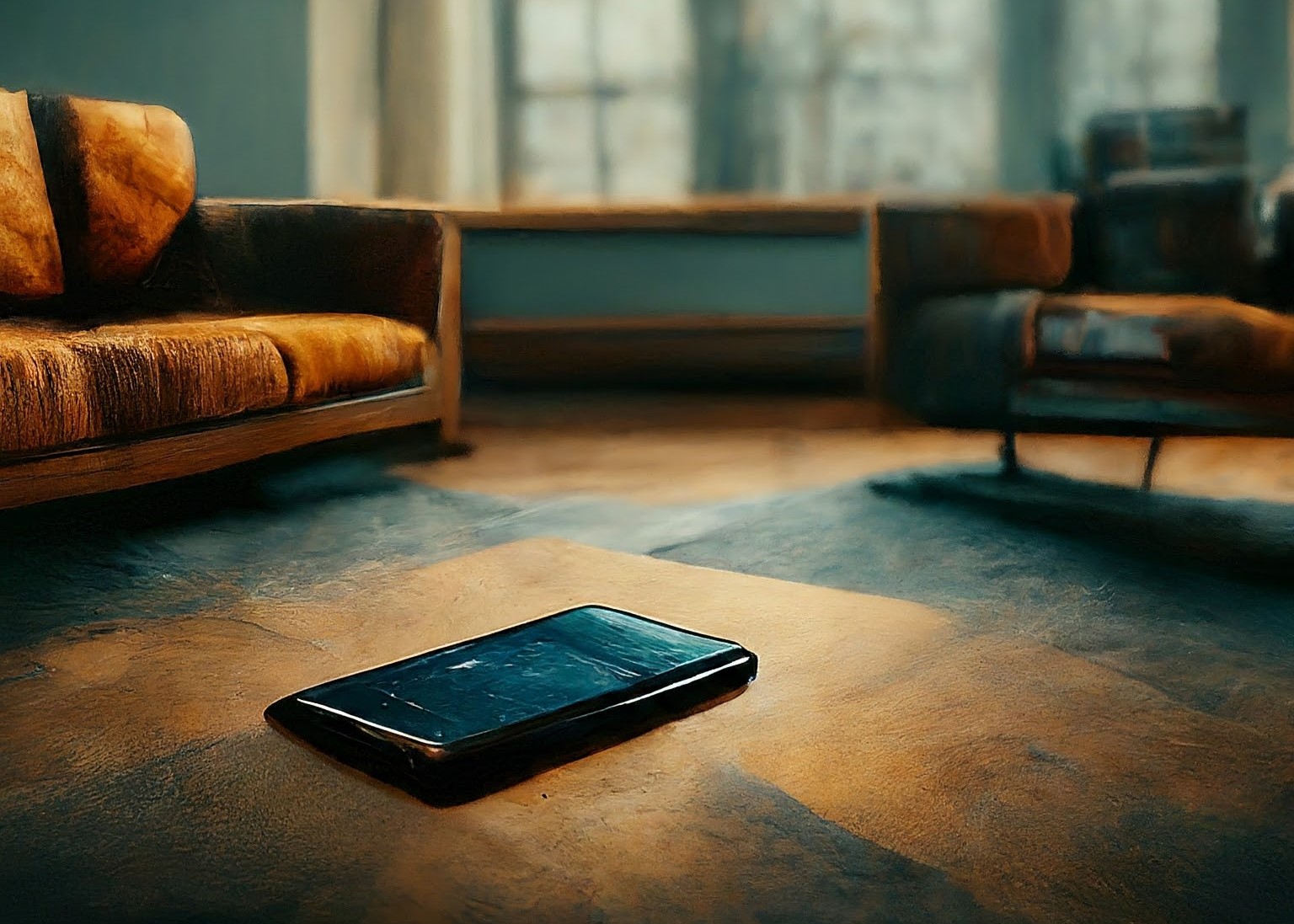Ask Arthur
Ask Arthur: Help! Our house only has one smartphone!
A reader asks how to balance a household’s use of a single device for work, socialising and schoolwork. ARTHUR GOLDSTUCK reaches out to an expert.
Q: We share one smartphone and one tablet in our house because we can’t afford to give each child their own cell phone or tablet. But sharing devices for socialising schoolwork and regular work is rough. How can we manage it better?
A: If sharing electronic devices in a household is unavoidable, there are methods to guarantee safe usage for everyone. I’m not an expert on this topic, so I asked ANNA COLLARD, senior vice president for content strategy at KnowBe4 Africa, for advice.
She offers clear guidelines
“You should establish rules for when and how long each family member can use the device and what for,” she says.
“Remember, children often need access to screens to do their homework, so this needs to be given a separate time allocation from leisure screen time, such as watching TV or gaming.”
Certain times, like mealtimes and other family connection times, should be device-free, she says. Devices should also be put away at night.
“By designating a central location for charging devices overnight, not only do you ensure devices are charged for the next day, but it also encourages unplugging before bedtime,.”
If devices are shared, it’s paramount to create some virtual boundaries.
“Ensure that each user has their own account and understands privacy settings. For example, personal email accounts, social media profiles and cloud storage should be separate.”
The importance of individual user profiles for each family member is to keep personal data, documents, and settings separate and secure.
“Each profile should require a password that only the owner knows, parents should know passwords of their younger kids. Use parental control features to restrict access to inappropriate content and to manage screen time and app usage. This not only protects children but also helps to reinforce the family’s screen-time rules.”
Collard recommends regularly going through apps and privacy settings with children.
“This is a good opportunity to discuss what these apps and settings do and why privacy is crucial. Monitor the device’s browsing history to ensure that children are adhering to the agreed-upon rules and not engaging with harmful content.
“Regularly update operating systems, apps and security software to protect against vulnerabilities. Make rules regarding the downloading and purchasing of apps. Children should get permission before downloading any new app or making in-app purchases to prevent unintended expenses and the installation of potentially unsafe apps.”
“When watching a streaming service, parents should make sure their children are accessing it using their profile to avoid exposure to inappropriate content.
“Discuss and review the agreement on screen time regularly, as well as the importance of digital safety. If something goes wrong, children need to tell their parents. In turn, parents should model the online behaviour they expect from their kids, from maintaining privacy and security practices to being respectful digital citizens.”
* Arthur Goldstuck is CEO of World Wide Worx and editor-in-chief of Gadget.co.za. Follow him on social media on @art2gee.


















